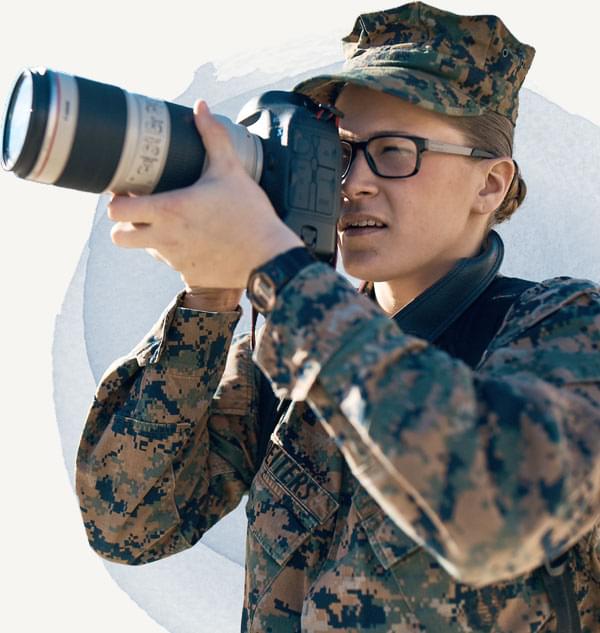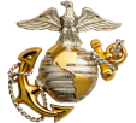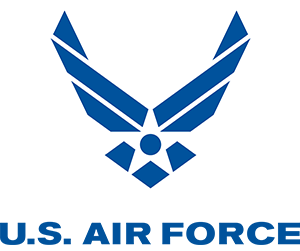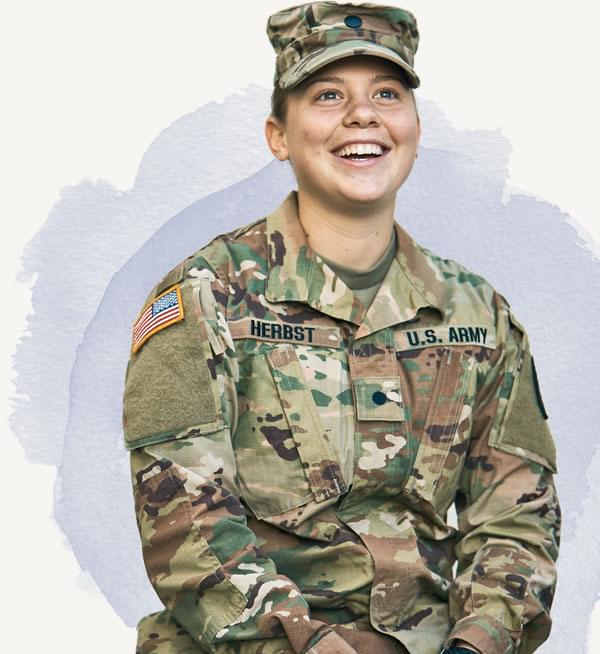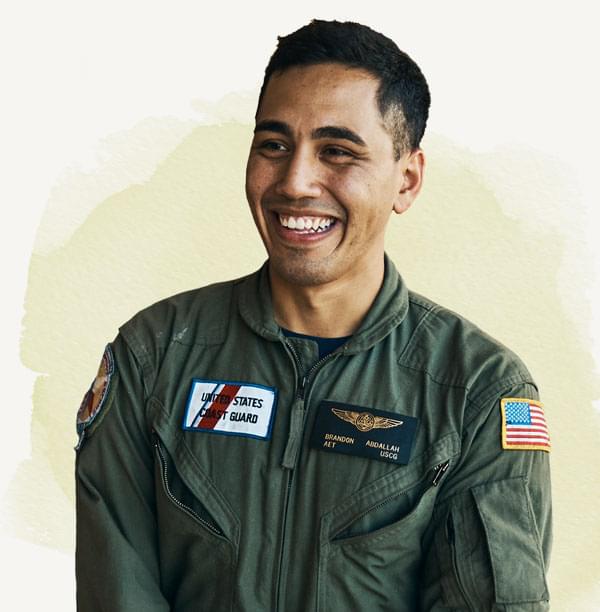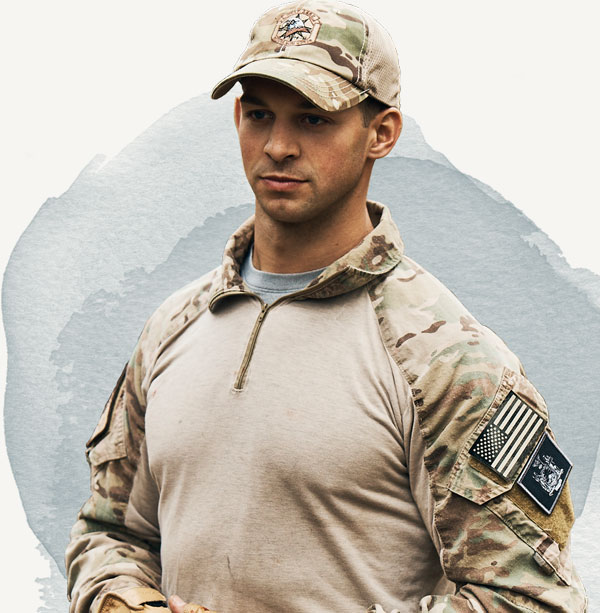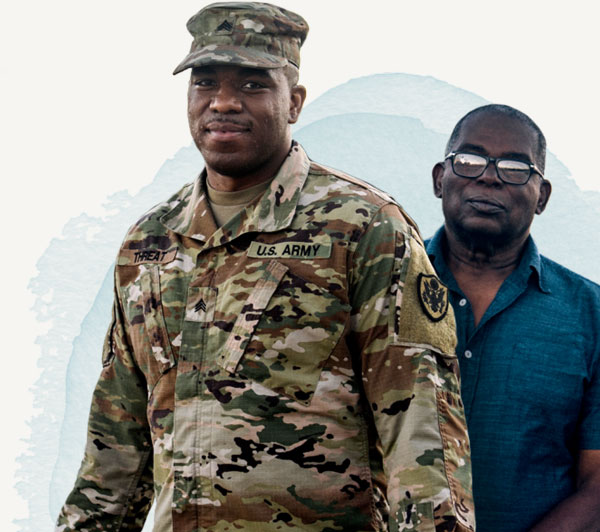Giving Sailors something to smile about
US Navy | Sep. 9, 2022

SAN DIEGO, CA.: Two active duty Sailors aboard the USS Nimitz (CVN 68) and USS Theodore Roosevelt (CVN 71) made military medical history after U.S. Navy dentists successfully removed the Sailors’ failing teeth and implanted 3D-printed prosthetics for the first time while assigned to a carrier.
“This innovative operation not only vastly improved the quality of life for the Sailors, but it also proved that Navy medicine provides our service members with the highest available medical care anywhere at any time,” said Lt. Justin Odette, oral and maxillofacial surgeon, aboard the USS Theodore Roosevelt.
American aircraft carriers embark roughly six thousand active-duty Sailors, which include five dentists. A carrier will typically have one oral and maxillofacial surgeon, one prosthodontist or comprehensive dentist, and three general dentists.
In April 2022, these two patients underwent the “all-on-4” procedure at Naval Hospital Bremerton, Washington, which resulted in greatly enhanced oral health, improved functional bite, and confidence in their smiles.
Both patients followed up with the oral surgeons and prosthodontists for two weeks to confirm continued healing and fine tuning adjustments to the dental prostheses. They returned to full duty after two weeks of healing without any post-operative complications.

All-on-4 is a prosthodontics procedure for total rehabilitation of an edentulous patient and refers to all teeth being supported on four dental implants. Typically, patients were relegated to delays in treatment until having shore orders or given only removable denture options.
“Complex dental treatment plans such as ‘all-on-4’ were previously considered impossible or impractical while attached to a carrier due to deployment scheduling unique to Navy medicine and unavailability of advanced digital dental equipment such as intraoral scanning and 3D printers,” said Cmdr. Michael Andersen, department head, Area Dental Lab, Navy Medicine Readiness and Training Command (NMRTC) San Diego, and a maxillofacial prosthodontist.
Today, eight of America’s eleven aircraft carriers are now outfitted with state of the art digital dental equipment such as intraoral scanners, which can expedite and enhance care rendered for our warfighters assigned to these platforms.
Odette, from the USS Theodore Roosevelt and Lt. Cmdr. Justin Carl, from the USS Nimitz, were assigned to their first duty stations aboard their respective aircraft carriers after their oral and maxillofacial surgery training at NMRTC San Diego.
There, they were integral in the establishment of 3D-printed prosthetic teeth for this surgical technique as standard practice for future residents in the program.
U.S. Navy Capt. Christopher Kaplafka, NMRTC Bremerton; and Cmdr. Robert Holmes, USS Theodore Roosevelt; both seasoned Navy prosthodontists, were consulted for their clinical expertise and agreed with the treatment plans, and to restore these patients after surgery.

Dental technicians took 3D radiographs of each patient and combined it with intraoral scans of their teeth to plan the surgeries and dental implant positions.
The surgical guides and dental prostheses were designed digitally, and these files were sent to the San Diego Area Dental Laboratory where the physical surgical guides and dental prostheses were 3D-printed and finished by certified dental laboratory technicians.
The Navy surgery teams received the finished products back from the dental laboratory in less than two weeks. Rapid manufacturing of exceptionally high-quality dental laboratory restorations such as this is a critical element in military health care to get active duty service members back to full medical readiness.
“I had many fears going through my mind on the possibility of anything failing and having to wear dentures,” said Logistics Specialist 2nd Class Dianne Ancheta, one of the two patients. “The surgery process was good, and I had zero pain in my mouth. I returned to work two weeks after the surgery and have been at work to include two underway periods. I have my confidence back for the first time in six years. I have my smile back.”

The Navy’s pioneering advancements in digital dental technologies now allow patients access to world-class medical treatment on board aircraft carriers anywhere in the world.
“These cases highlight Navy Dentistry’s outstanding ability to treat its patients, who are no longer restricted to receiving excellent medical care only while assigned to shore duties,” said Carl. “This milestone proves that the United States Navy remains an innovative leader in dental medicine and will continue to bring marked quality of life improvements for its servicemen and women in the future.”





